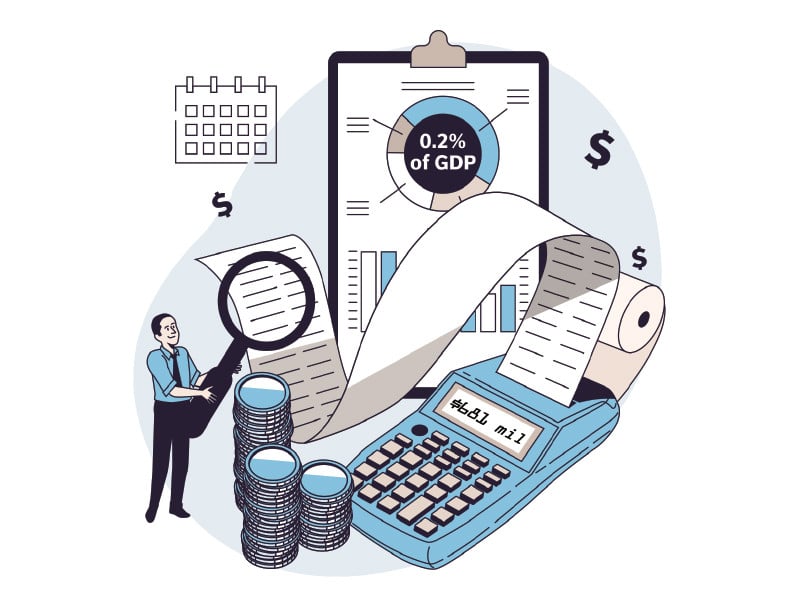Published in The Express Tribune on April 12, 2023
WASHINGTON: A combination of sticky high interest rates and lacklustre global growth could push a number of emerging economies that are facing soaring refinancing needs into debt difficulties next year.
Many weaker economies navigated the fallout from the COVID-19 pandemic and the war in Ukraine with financing aid from multilateral and bilateral lenders.
But repayments on emerging markets’ high-yield international bonds will total $30 billion in 2024, a steep increase compared to the $8.4 billion left for the remainder of this year. This adds a layer of complexity to more vulnerable countries if some issuers can’t refinance their debt soon.
Meanwhile countries such as Pakistan, Tunisia and Kenya “would need to find alternative sources of financing if the market doesn’t re-open for them,” said Thys Louw, portfolio manager for the emerging markets hard currency debt strategy at Ninety One, in London.
Investors are concerned over refinancing risks for Kenya’s $2 billion bond maturing in June 2024, said Merveille Paja, EEMEA sovereign credit strategist for BofA.
“The market expects more solutions to be delivered, either the IMF’s resilience and sustainability trust or $1 billion external issuance or syndication loan,” Paja told Reuters.
The resilience and sustainability trust, approved a year ago, is a lending facility for climate and pandemic preparedness for low-income and some middle-income nations.
“In Pakistan and Tunisia, the finalisation of the IMF programme will be an important step to avoiding a default as that would unlock bilateral and multilateral financing,” added Louw.
Pakistan’s refinancing needs for 2024 stand at 12% of its international reserves.






